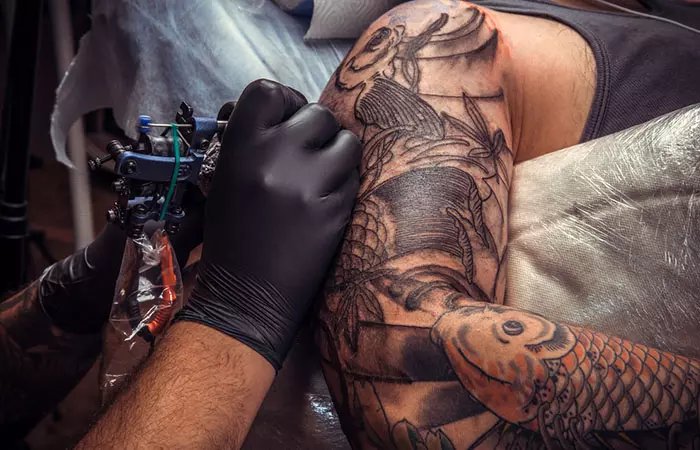Cover up tattoo sessions offer a transformative solution for those looking to update or conceal existing tattoos. Whether you’re seeking to refresh a design, hide a regrettable choice, or simply explore new artistic possibilities, cover up tattoos provide a canvas for creative renewal. This guide explores everything you need to know about cover up tattoo sessions, from preparation to aftercare, ensuring a successful transformation of old ink.
Understanding Cover Up Tattoos
Cover up tattoos involve overlaying a new design over an existing tattoo to obscure or blend the original ink. This process requires skillful planning and execution by an experienced tattoo artist. The success of a cover up tattoo depends on factors such as:
- Color and Design: Choosing a new tattoo design that effectively conceals or incorporates the existing tattoo colors and patterns.
- Artist Expertise: Working with a tattoo artist experienced in cover up tattoos who can assess the feasibility and recommend suitable designs.
- Skin Preparation: Ensuring the skin is in optimal condition for tattooing, which may involve treatments to lighten or prepare the old tattoo.
Planning Your Cover Up Tattoo
Before scheduling your cover up tattoo session, consider the following steps to achieve the desired outcome:
- Consultation: Schedule a consultation with a skilled tattoo artist specializing in cover ups. Discuss your goals, preferences, and any concerns about the existing tattoo.
- Design Selection: Collaborate with your artist to choose a design that not only covering the old tattoo hence also aligning with your aesthetic preferences and lifestyle.
- Color Matching: If the cover up involves blending or altering existing colors, ensure the new design harmonizes with your skin tone and complements surrounding tattoos.
The Cover Up Tattoo Session
During the tattoo session, your artist will follow a structured process:
- Preparation: Cleanse and prepare the skin. The artist may use stencils or freehand techniques to outline the new design over the old tattoo.
- Inking Process: Employing precise techniques, the artist carefully applies ink to achieve optimal coverage and detail, ensuring the new tattoo integrates seamlessly with the old one.
- Layering and Shading: Utilize shading and color techniques to effectively camouflage the original tattoo while creating depth and dimension in the new design.
Aftercare and Healing
Proper aftercare is crucial to promote healing and preserve the integrity of your new tattoo:
- Bandaging: Your artist will apply a protective bandage to shield the tattoo and provide initial care instructions.
- Cleaning and Moisturizing: Follow a regimen of gentle cleansing and moisturizing to aid healing and prevent scabbing or infection.
- Avoid Sun Exposure: Protect your tattoo from direct sunlight and refrain from soaking in water to prevent fading and distortion of colors.
Achieving Optimal Results
To ensure the best outcome from your cover up tattoo session, consider these tips:
- Patience: Allow ample time for the tattoo to heal completely before assessing final results.
- Touch-ups: Schedule follow-up appointments for any necessary touch-ups or adjustments to enhance the tattoo’s appearance.
- Artist Recommendations: Follow your artist’s advice on aftercare and maintenance to preserve the longevity and vibrancy of your new tattoo.
Conclusion
Cover up tattoo sessions offer a creative solution for transforming old ink into a new artistic expression. By choosing an experienced tattoo artist, collaborating on design selection, and following proper aftercare, you can achieve a successful cover up tattoo that revitalizes your skin with fresh artistry. Embrace the journey of reinventing your tattoos with confidence and creativity through cover up tattoo sessions.
Additional:

